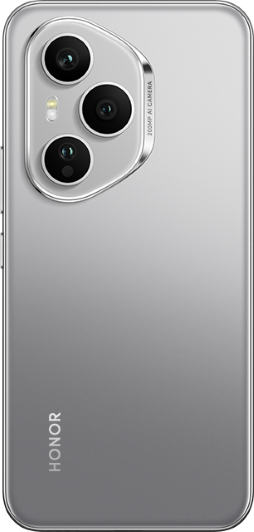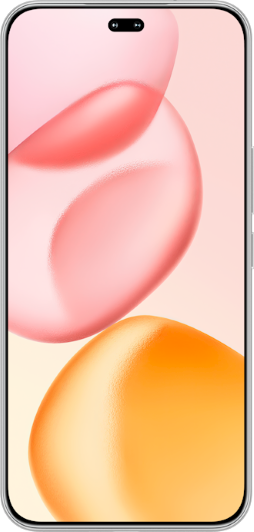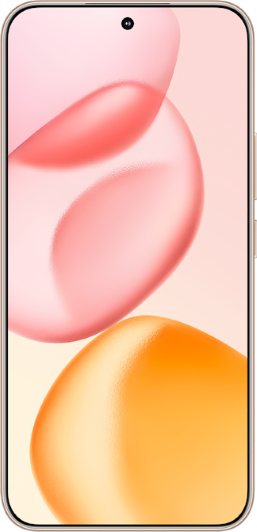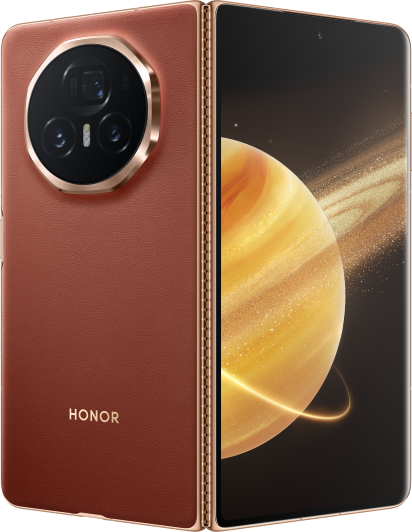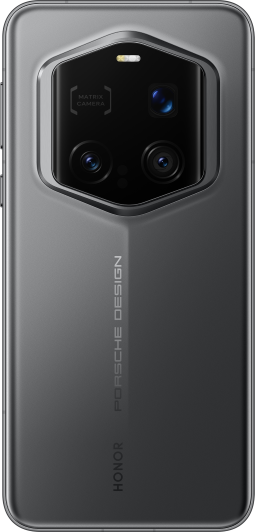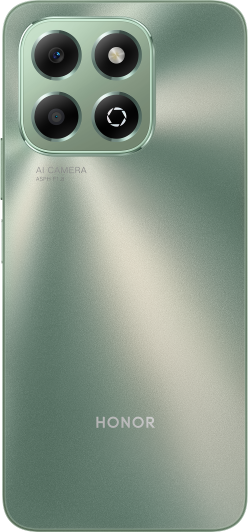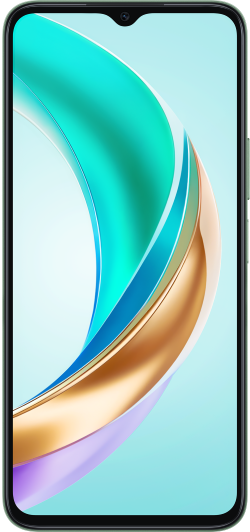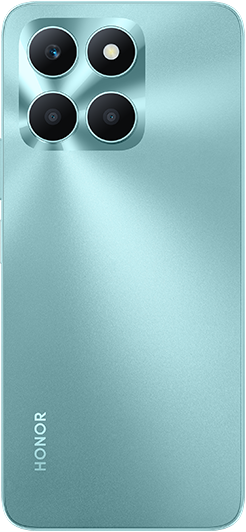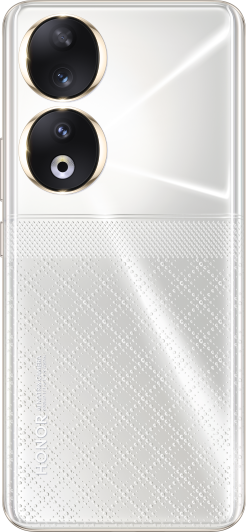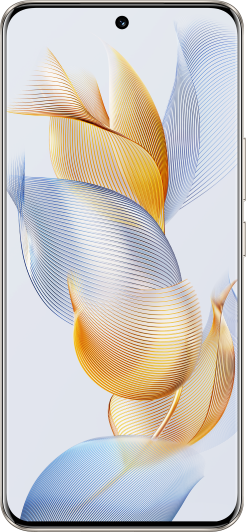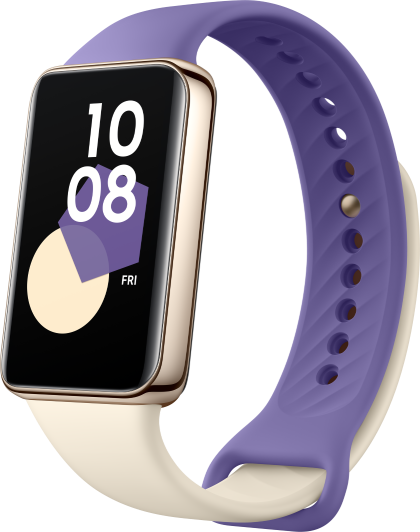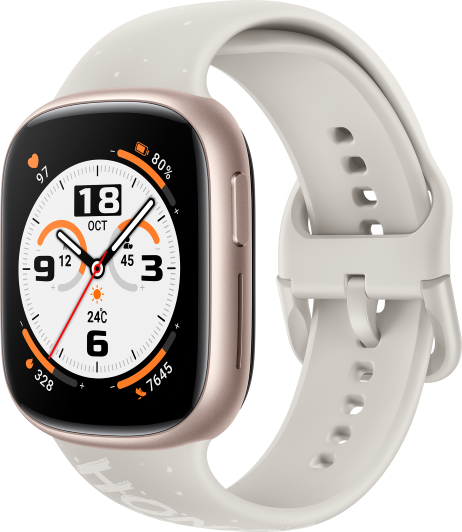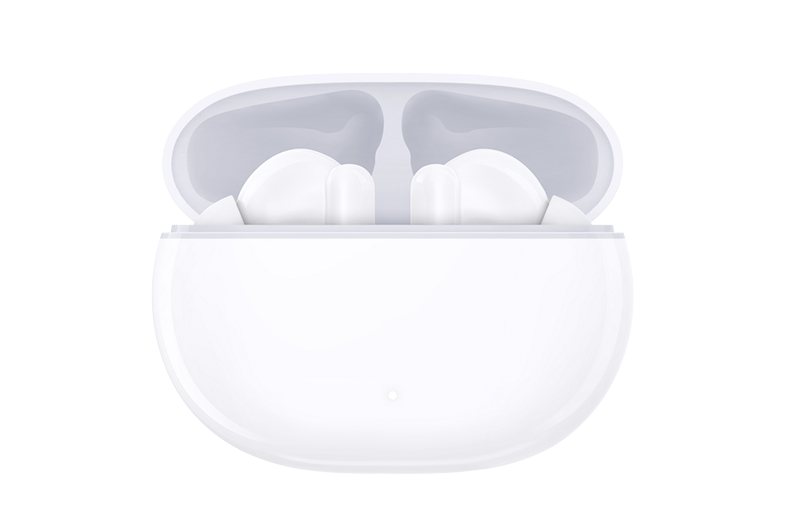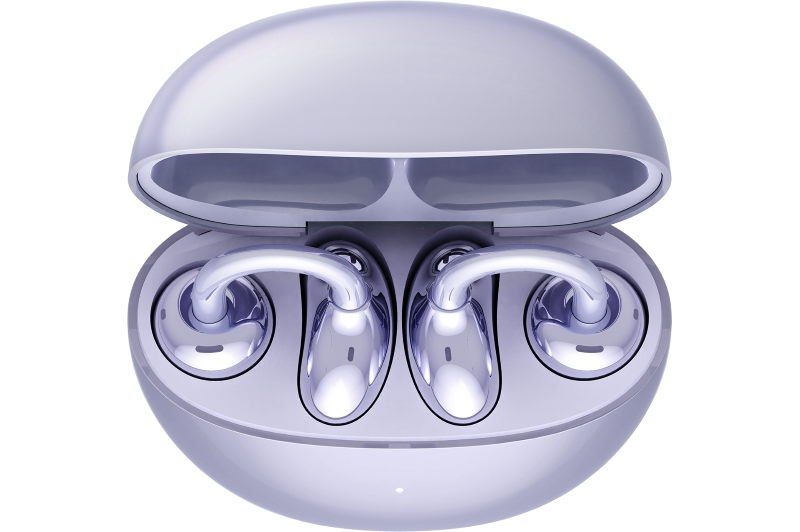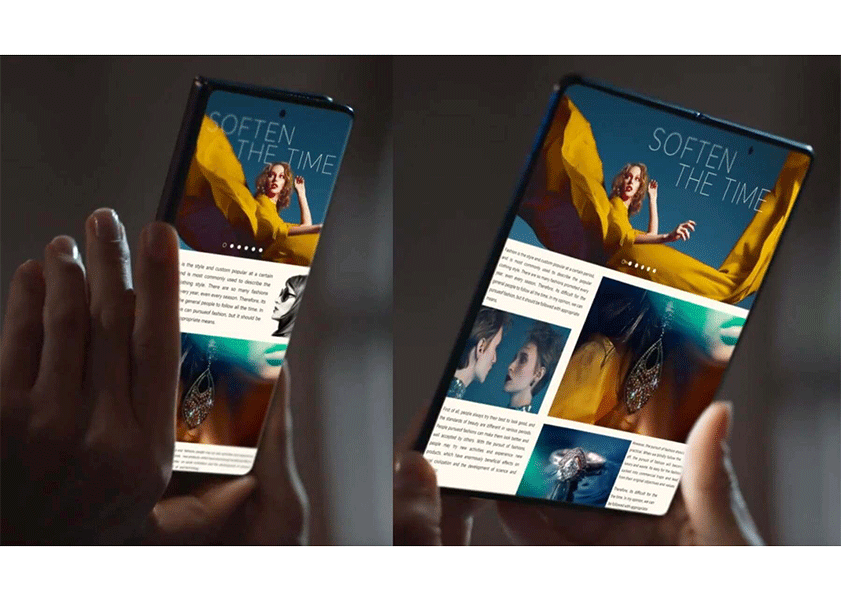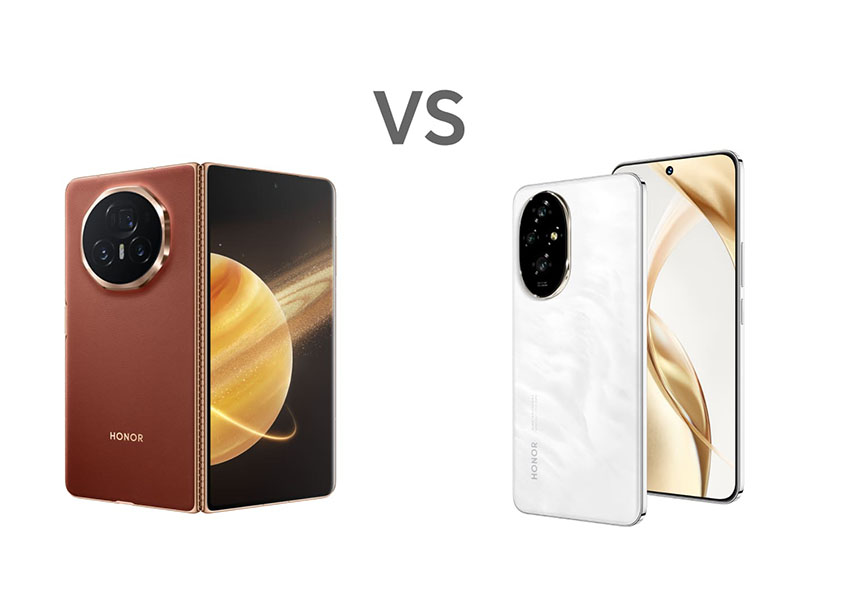TOP

我的荣耀 开启荣耀之旅
To log in to your account, you must first agree to the HONOR PLATFORM TERMS OF USE. If you do not agree, you may only browse the site as a guest.

What is AI Camera in Mobile: A Complete Guide
Table of Contents
・What Is an AI Camera?
・How Does an AI Camera Work in Mobile Phones?
・Common Features of AI Camera in Phones
・Benefits of AI Cameras in Mobile Photography
・Best HONOR Mobiles with Great AI Cameras
・Conclusion
・FAQs
AI cameras in mobile phones are changing the way we capture moments. By leveraging artificial intelligence, these cameras automatically adjust settings like exposure, focus, and color balance based on the scene you're photographing. Whether it's detecting faces, enhancing low-light shots, or recognizing different environments, AI cameras make it easier to take high-quality photos without manual adjustments. In this blog, we'll explore what is AI camera in mobile and how they improve your mobile photography experience.
What Is an AI Camera?
Defining what an AI camera is helps demystify modern smartphone photography. It refers to software-driven features that analyze a scene and automatically adjust camera settings for optimal results.
An AI camera goes beyond traditional automatic modes by using machine learning. It recognizes elements like faces, food, or landscapes. Then it tweaks exposure, contrast, and color balance for each shot. This creates clearer images without manual adjustments.
Many AI cameras run algorithms right on the phone's chipset. They detect motion blur and apply stabilization. They also merge multiple frames to reduce noise in dim lighting. The result is a smarter, more versatile camera experience.
How Does an AI Camera Work in Mobile Phones?
Understanding how does AI camera work sheds light on their strengths. They rely on data and real-time analysis to enhance every shot.
First, the phone captures several frames in quick succession. AI then examines these images for details like lighting and movement. It merges the best parts into one polished photo. This multi-frame fusion boosts clarity and reduces unwanted blur.
Next, AI scene detection kicks in. The software identifies if you're shooting a sunset or a close-up portrait. It applies custom settings for each scenario. That means warmer tones for sunsets and softer backgrounds for faces.
Finally, the phone's neural processing unit handles these complex tasks. It ensures adjustments happen in milliseconds. You get instant feedback and improved photos without manual tweaking. This seamless process defines the modern AI camera.
Common Features of AI Camera in Phones
AI cameras combine several smart tools to simplify shooting and improve consistency. These features work together to adapt to different scenes and deliver reliable results in any situation.
Scene Detection
AI scene detection recognizes what you're pointing at,be it food, pets, or landscapes,and applies tailored settings. You don't have to switch modes manually; the camera picks the best one for you. This ensures balanced colors and exposure every time you press the shutter.
Low-Light Enhancement
When the lights go down, AI steps in to brighten shadows and reduce noise. It captures multiple frames in quick succession, then merges them for a clearer final image. Nightlife and indoor shots look sharper and more vibrant without flash.
Portrait Mode
AI-driven portrait mode maps faces and separates them from the background for a natural blur effect. You get studio-style bokeh without needing extra lenses. Skin tones remain accurate, and subjects stand out crisply against soft backgrounds.
Video Stabilization
Steady footage is easier to achieve with AI stabilization. The software analyzes motion in real time, smoothing out shakes and jitters. Whether you're walking or panning across a scene, your videos stay fluid and professional-looking.
Benefits of AI Cameras in Mobile Photography
Now you know “what is ai camera?” How can it benefit you? AI-driven cameras deliver real advantages for casual and serious shooters alike. They bring professional touches without extra effort or gear.
Sharper Images in Varied Lighting
AI analyzes each scene and balances highlights and shadows automatically. That means bright skies stay detailed and dark corners don't turn into murky blobs. Everyday shots, from sunny landscapes to dimly lit rooms, come out crisp and clear.
Automatic Exposure and Settings
You no longer need to tinker with ISO or shutter speed. The camera software picks the right settings in real time. That takes the guesswork out of photography and helps you focus on composition instead of technical details.
Creative Shooting Modes
AI unlocks fun options like night panoramas and AI-enhanced filters. With a single tap, you can switch to black-and-white mode, boost colors, or capture time-lapses. These modes expand your creative toolkit without adding extra equipment.
Faster Post-Processing
RAW capture paired with AI previews speeds up editing on your phone. You get a head start with smart suggestions for exposure, contrast, and color. The result is polished images ready to share in seconds rather than minutes.
Best HONOR Mobiles with Great AI Cameras
HONOR phones lead with intelligent imaging features that cater to different users. Their on-device AI systems fine-tune photos for vibrant, clear results.
HONOR 400 Pro
The HONOR 400 Pro showcases HONOR’s best AI camera tech to date. Its 200MP main sensor, enhanced by smart scene recognition and dynamic optimization, delivers detailed, balanced images in any condition. With AI-driven features like Super Zoom and Motion Sensing Capture, photography feels effortless. The 50MP front camera and versatile lens setup make it a reliable companion for both creative shooting and everyday use.
HONOR 400
The HONOR 400 earns its place among the Best HONOR Mobiles with Great AI Cameras in 2025. Featuring a 200MP Ultra-clear AI Main Camera with a large 1/1.4" sensor, dual stabilization, and AI RAW enhancement, it captures exceptionally sharp, vivid photos. HONOR’s advanced AI model boosts clarity while the 30x digital zoom delivers detailed shots even from afar. Paired with a 50MP front camera and smart capture modes, it’s a top choice for intelligent, everyday photography.
HONOR Magic7 Pro
Magic7 Pro uses on-device AI for a wide range of function like removing unwanted objects and upscaling the resolution of your shot. In addition, it features a powerful AI Super Zoom that lets you take shots with a focal range up to 100x.
HONOR 200 Pro
The 200 Pro's AI engine merges multiple exposures to reduce noise and boost clarity in dim scenes. It switches modes automatically when it detects movement or low light. AI zoom algorithms sharpen distant subjects for clearer telephoto shots. Images captured with the triple cameras is nearly the same as DSLR in terms of lighting and shadows.
Conclusion
What is AI camera in mobile? AI cameras in mobile phones have transformed how we capture moments. They blend hardware and software to deliver clearer, more vibrant images across varied conditions. HONOR 's AI-driven models highlight what's possible without professional gear. Understanding these features helps you choose a phone that fits your photography style and budget.
FAQs
What does AI mean on a phone camera?
On a phone camera, AI stands for artificial intelligence. It enables the camera's software to recognize scenes such as landscapes, portraits, or low-light environments. By analyzing each frame in real time, AI selects optimal settings for exposure, focus, and color. This means you get balanced, clear images without manual adjustments, and enhances usability for all skill levels.
What is the difference between an AI camera and a normal camera?
Traditional phone cameras rely on fixed hardware and limited automatic modes to set exposure and focus. In contrast, AI cameras use machine learning to analyze each scene in real time. They automatically apply features like HDR, noise reduction, portrait blur, and color adjustments based on subject and lighting. As a result, AI cameras deliver more consistent, high-quality results without manual tweaking, saving you time.
What can an AI camera do?
AI cameras take the guesswork out of photography. They detect various elements, people, pets, food, or landscapes ,and automatically adjust settings for the best exposure and color balance. By capturing multiple frames and merging them, AI reduces noise in low light while preserving detail. They also enable creative modes like portrait bokeh, slow-motion video, and real-time filters, extending your artistic possibilities effortlessly.
Can AI improve photo quality?
AI improves photo quality by evaluating each shot and correcting exposure, contrast, and color balance on the fly. It merges multiple images into one to reduce noise and enhance clarity in low-light conditions. AI also compensates for lens distortion and optimizes dynamic range, making highlights and shadows look natural. These smart adjustments result in sharper, more vibrant photos every time.
Source: HONOR Club

Subscribe To Our Newsletter - Discover HONOR
Please accept HONOR Platform Privacy Statement.
By entering your WhatsApp number, you agree to receive commercial information on WhatsApp about HONOR products, events, promotions and services. For more details, please see our privacy policy.
Please accept HONOR Platform Privacy Statement.
I agree to receive the latest offers and information on HONOR products, events and services through third-party platforms (Facebook, Google). I may withdraw my consent at any time as indicated in the Privacy Statement.
Contact

Mon-Sat: 09:00 – 18:00. (Except on national holidays).
Third Floor, 136 George St., London, W1H 5LD, United Kingdom.
Copyright © HONOR 2017-2025. All rights reserved.

